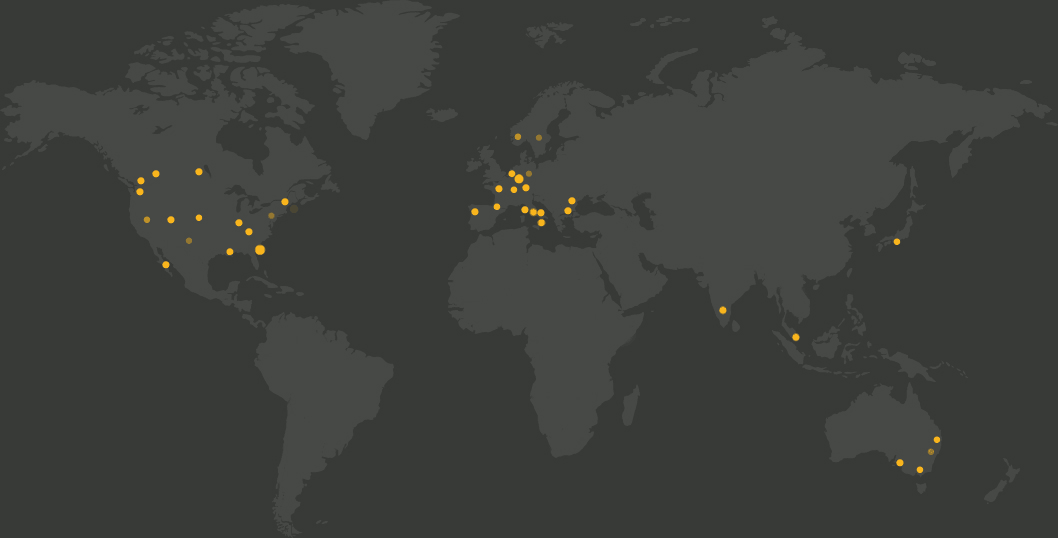Annie Easley: Building knowledge and breaking barriers
Posted 07 December 2021Annie Easley was born in Birmingham, Alabama in 1933, in an era when segregation meant that opportunities for African American children were severely limited. Despite this, her mother strongly encouraged her to pursue an education, often telling her “You can do anything you want too but you have to work at it.”

Hard-work and education were two important hallmarks of Annie’s life. She originally studied pharmacy at university but was forced to discontinue when she moved to Cleveland to be closer to her husband’s family. With no intention of ending her studies, she instead obtained a degree in mathematics from Cleveland State. Later in life, she obtained a Bachelor of Science in Mathematics in 1977 and completed numerous specialized courses through NASA.
A career at the cutting-edge of technology
In 1955, Easley read about twin sisters who worked as ‘human computers’ at the National Advisory Committee for Aeronautics (NACA) – what would later become the National Aeronautics and Space Administration (NASA). She applied for a job and subsequently become of one of only four African Americans in NACA’s workforce of 2500 employees.
In the early days, her tasks involved doing calculations by hand, but as computers were introduced, she developed with them and become a high-competent computer scientist. She would go on to develop and implement code for researching energy-conversion systems, alternative power technologies and battery technology for hybrid cars. She also contributed to the Centaur project, which helped lay the foundations for future space shuttle and satellite launches, including the Cassini probe’s flight to Saturn in 1997.
A trailblazer for women in STEM
Annie Easley’s success was all the more remarkable given the discrimination she regularly faced. Throughout her career, she often received lower pay than her peers, was overlooked for promotion and once even had her face cut out of a picture on display. But she never let this deter her, once famously saying “If I can’t work with you I will work around you.”
In addition to her persistence and work ethic despite these barriers, her frequent contribution to outreach and tutoring programs also inspired many female and minority students to pursue careers within STEM. She became an Equal Employment Opportunity counselor at NASA, where she helped address discrimination complaints and encouraged the recruitment of engineering students from more diverse backgrounds.
Look out for future editions of the Modis Women In Smart Industry series and read more about female pioneers from the past.
